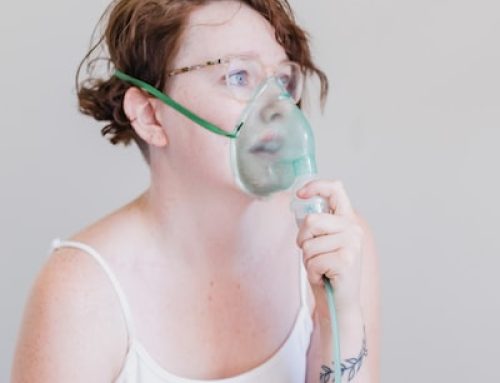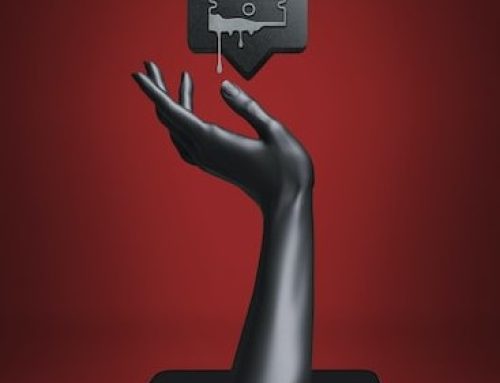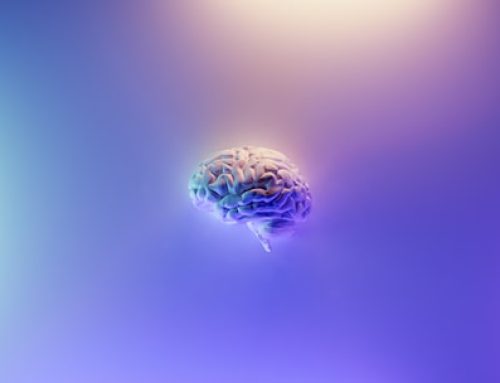Anxiety disorders are among some of the most debilitating and highly prevalent mental diseases worldwide. Although general stress and anxiety are common in everyday life, they can become a matter of concern very quickly.
Both anxiety and stress affect the sympathetic nervous system. Upon activation, the sympathetic nervous system releases cortisol and adrenaline. Since adrenaline and cortisol coordinate stress responses, the evolutionary instinct of “fight or flight” kicks in. Many evolutionary biologists believe that anxiety and other emotional disorders could be a direct consequence of evolutionary mismatch.
An evolutionary mismatch occurs when a particular trait that was beneficial to an organism that originally evolved in a particular environment long ago, becomes redundant in a differing environment. For instance, our ancestors were hunters and gatherers whose survival depended on being watchful in the wild. We have changed our lifestyle, diet, and occupations over millions of years and have become more sedentary. Hence, the intense watchful stress response is no longer a necessity that tends to creep up even when one might be far from actual danger. Evidently, studies have shown that anxiety is more common in people with a sedentary lifestyle.
Regardless, if you are suffering from anxiety, certain medications, diet and lifestyle changes, and cognitive-behavioral interventions could benefit you enormously. Here are some breathing tips that would certainly help you calm your nerves:
Diaphragmatic Breathing and 4-7-8 breathing: Placing a hand on your chest and another on your stomach, inhale slowly through your nose and count to 3. Now, keep the air in your lungs and mentally make a count to 3 again. After this, exhale very slowly as you make a count to 5. Take your time with the process. Familiarize yourself with your surrounding and your sensory organs, and make sure you exhale for a longer period contrary to the inhale. Repeat 4-5 times.
The above breathing exercise is a slight variation of the original 4-7-8 breathing technique by Dr. Andrew Weil. According to the 4-7-8 technique, you should first exhale and empty your lungs of any resting air. Now, breathe in through your nose for 4 seconds. Next, hold your breath for 7 seconds and then exhale vigorously for 8 seconds until all the air is out of your lungs. You should repeat this 4-5 times each session and consider two-three sessions a day. Since diaphragmatic breathing and the 4-7-8 technique are incredibly effective, you should start feeling better immediately.
Yogic Breathing (Pranayama) and Guided Meditation: The ancient practice of Yoga is the perfect tool to ensure absolute mind-body health. Yoga strengthens the core, improves stamina, fortifies the cardiovascular system, and helps in weight loss by improving the rate of metabolism (BMR). As a result, Yoga enhances focus, attention, and awareness, reduces stress/anxiety, and brings mental calm and clarity to those who practice regularly. Pranayama, an ancient yogic breathing technique often fashioned as a lengthened exhale, equal breathing, and alternate nostril breathing can relieve stress and anxiety if practiced regularly. Much like the 4-7-8 and diaphragmatic breathing techniques, Pranayama has three distinct stages: inhalation, retention, and exhalation.
Someone who meditates regularly, often has to match the breathing rate to one’s heartbeat. During guided meditation, one learns to be aware of their surroundings, sensory organs, and inhale long, deep breaths while following progressive exhalation strategies. Guided meditation definitely helps with reducing the symptoms of acute stress and anxiety.
If you or anyone you know have been troubled by constant stress and anxiety, please reach out to us. Contact The Functional Medicine Center for Personalized Care, LLC (www.FxMedCenters.com) at 201-880-8247 or Specialized Therapy Associates at 201-488-6678.
Ishtiak Ahmed Chowdhury
References:
Bystritsky A, Khalsa SS, Cameron ME, Schiffman J. Current diagnosis and treatment of anxiety disorders. P T. 2013 Jan;38(1):30-57. PMID: 23599668; PMCID: PMC3628173.
Islam, M. R., & Chowdhury, I. A. (2017). Identification and Characterization of the Epidemiological risk factors of Type-2 Diabetes Mellitus. Asian Journal of Applied Science and Engineering, 6(3), 135-142. Available at: https://journals.abc.us.org/index.php/ajase/article/view/1105
Jiang L, Cao Y, Ni S, Chen X, Shen M, Lv H, Hu J. Association of Sedentary Behavior With Anxiety, Depression, and Suicide Ideation in College Students. Front Psychiatry. 2020 Dec 11;11:566098. doi: 10.3389/fpsyt.2020.566098. PMID: 33424653; PMCID: PMC7793895.
Price JS. Evolutionary aspects of anxiety disorders. Dialogues Clin Neurosci. 2003 Sep;5(3):223-36. doi: 10.31887/DCNS.2003.5.3/jprice. PMID: 22033473; PMCID: PMC3181631.
Website: https://www.medicalnewstoday.com/articles/324417#how-to-do-it






